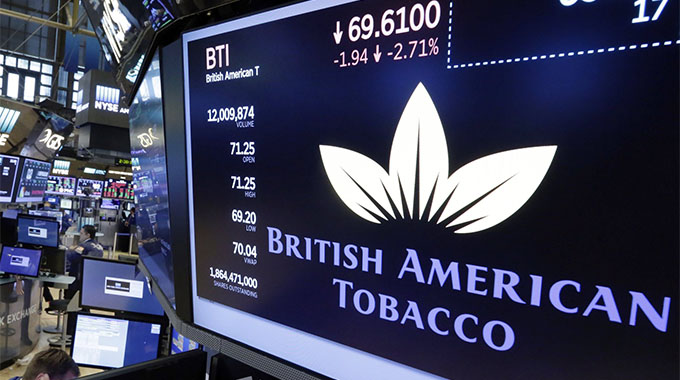Why BAT could represent a value opportunity

At the start of last year, British American Tobacco (BAT) was trading at around R825 per share. Twelve months later, it had almost halved to R450 per share. For something that is thought of as a defensive counter, that was a distinctly poor performance.
Analysts who are bullish on the company have always held that the addictive nature of its products, and the extremely high barriers to entry in the tobacco industry, make it a stable and reliable generator of cash.
In fact, over 2018 BAT almost doubled the amount of cash generated from its operations.
“Just because the share price hasn’t performed well doesn’t necessarily mean that the days are over for British American Tobacco,” Kevin Williams, chief investment officer at Bateleur Fund Managers, told the Glacier Investment Summit in Stellenbosch last week.
“The company is still showing upper single digit earnings and dividend growth in constant currency. It also still has a lot of pricing power.”
Balance sheet issues
However, there are growing pressures on tobacco companies, and on BAT in particular. Not only are there concerns about the long term sustainability of tobacco as a business model, the company has also faced some specific short term issues.
“BAT has been through a very noisy 12 months,” Truffle Asset Management portfolio manager Nicole Agar said at the event.
BAT bought Reynolds American for $49 billion in mid-2017 to create the world’s largest listed tobacco firm. The company raised $25 billion in loans to fund the deal.
This more than doubled the borrowings it was carrying on its balance sheet, and, together with a massively increased deferred tax liability, tripled its long term liabilities.
This was matched on its balance sheet with an enormous increase in its intangible assets. It added almost £110 billion ($135 billion) in goodwill and trademarks from the Reynolds acquisition.
Analysts are concerned that this investment in intangible assets could weigh down the balance sheet unless it can be offset by a substantial increase in revenue.
Regulatory concerns
The Reynolds acquisition also meant that British American Tobacco re-entered the US market, which (despite its name) it had exited in 2004. Just days after the deal was completed, however, the US Food and Drug Administration said it would consider a ban on menthol cigarettes.
Analysts estimate that around a quarter of BAT’s earnings come from menthol sales in the US. This is therefore a potentially serious threat. However, Williams doesn’t see it as an immediate one.
“BAT has said that they are going to challenge any ban, so changes in regulation will take a while to implement,” he points out. “It could be five years, maybe longer.”
Competitive threats (and new opportunities)
The threat of competition from alternative products such as vaping is, however, potentially more significant in the short term. Even here, though, Williams thinks that sentiment may be too negative.
“You must remember that they also participate in that space themselves,” he says. “They are actively disrupting themselves.”
Vitaliy Katsenelson, chief investment officer at Investment Management Associates in the US, also has an interesting idea about where tobacco companies may find a new growth opportunity.
In a recent note to clients, he pointed out that already 10 states in the US have legalised marijuana for recreational use, and it is legal for medical use in 23 states.
“Then it will be possible to build national pot brands — this is where the money will be made.”
The companies best equipped to take advantage of this, he believes, are cigarette companies.
“They know how to grow (or at least deal with farmers who grow) and distribute that other ‘weed’ — tobacco,” Katsenelson points out. “They are also great at manufacturing and marketing. They have enormous capital that they are burning to put to work.
“Marijuana may give them another lease on life.”
Finding value
Both Williams and Agar believe that the sell-off in the BAT stock price is overdone. If anything, it is now offering attractive value.
“I remember looking at this company back in the 1990s when its dividend yield in sterling was close to 12 percent because there was a lot of litigation risk around the company,” Williams noted. “It’s now at 7 percent. So these come and go.
“I’d be very surprised if over the next five years earnings didn’t hold up.”
Agar notes that on a price-to-earnings (PE) valuation, BAT is also much more attractive than its peers.
Altria, which operates only in the US, is currently trading on a PE multiple of 12,5 times, and Philip Morris, which does business entirely outside of the US, is on a PE of over 15 times.
BAT is trading on a PE multiple of 11.
“There is a disconnect there,” she says. “And we think that’s a value opportunity.” — Moneyweb.











Comments